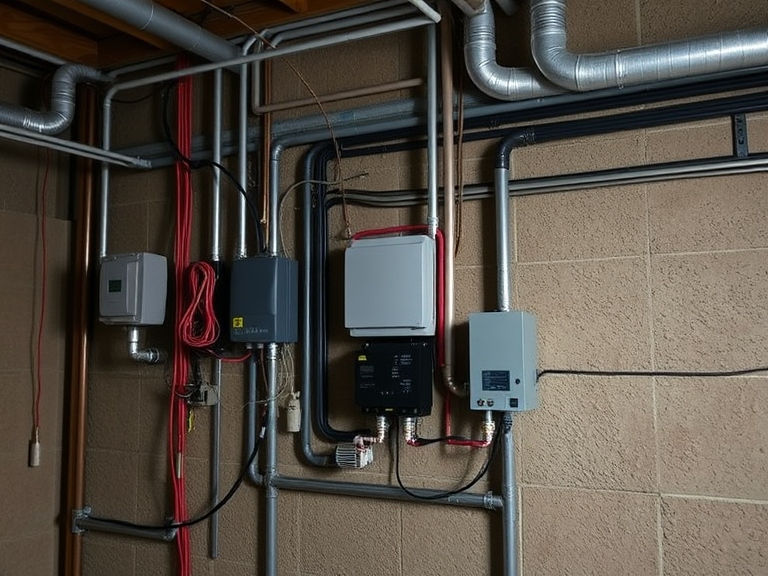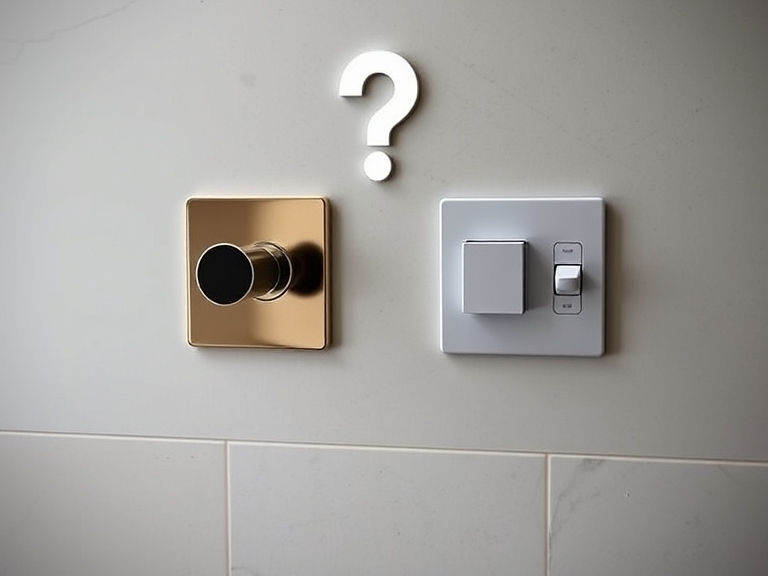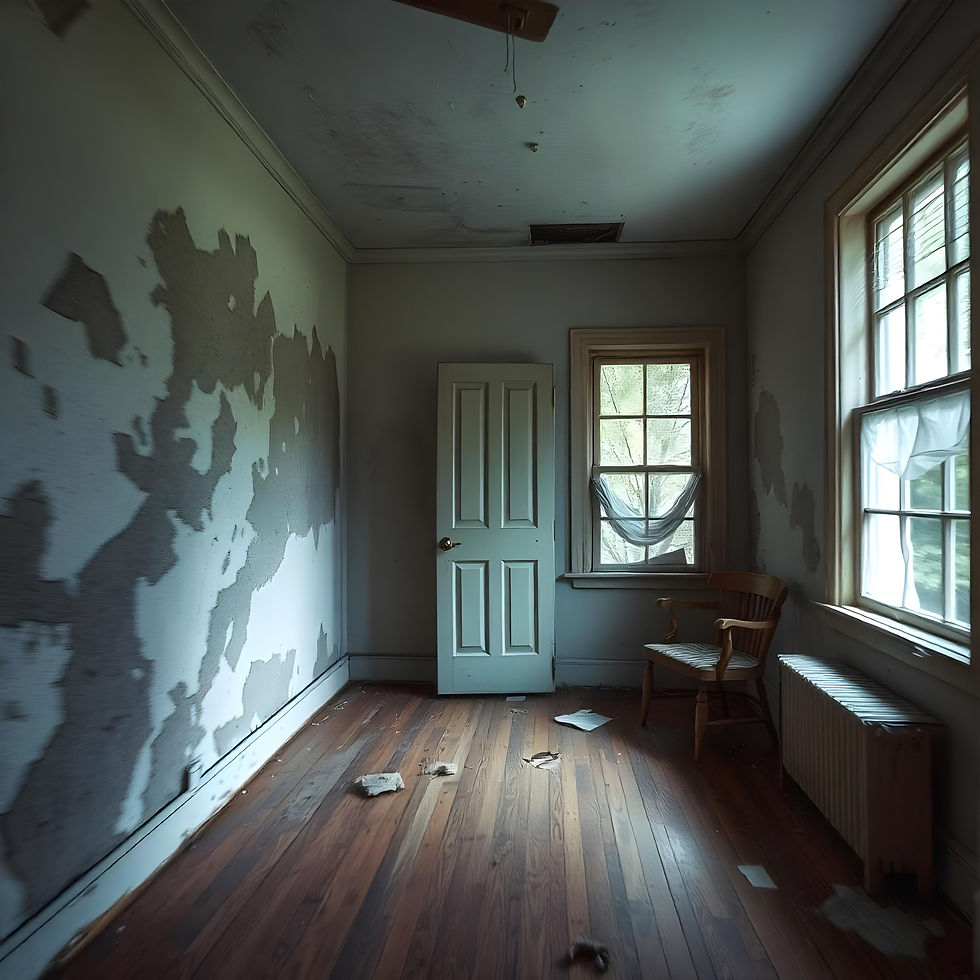Transforming Old Homes: Overcoming Electrical and Plumbing Challenges
- Acel Rivers
- Dec 4, 2024
- 4 min read
"Old homes, timeless charm—but what about the hidden challenges? Discover how to preserve heritage while upgrading for modern living!
1. Outdated Wiring and Plumbing Systems
Older homes often rely on aging wiring and plumbing systems incompatible with modern standards. These can include aluminum wiring prone to overheating or corroded galvanized pipes that restrict water flow and cause leaks. Such systems increase the risk of accidents and can fail under the demands of contemporary appliances and fixtures.

Replace outdated systems with modern materials like copper wiring and PEX pipes, which offer better durability and safety. Begin with a thorough inspection by certified professionals to identify all areas requiring upgrades. Proper planning and phased replacements ensure the process is efficient without compromising the home’s structure or aesthetics.
2. Limited Electrical Capacity
Old homes were not built to accommodate the electrical load of today’s gadgets, smart devices, and appliances. Overloaded circuits, insufficient outlets, and frequent power trips are common issues that can disrupt daily living and pose safety hazards.

Upgrade the electrical panel to meet higher power demands and add more circuits to prevent overloading. During the renovation, map out power requirements carefully to include additional outlets where needed. Modern energy-efficient devices, paired with surge protectors, help optimize usage while protecting your home from electrical surges.
3. Poor Water Pressure and Plumbing Leaks
Many older homes experience low water pressure and recurring leaks due to corroded or clogged pipes. These issues can go unnoticed until they cause significant damage, such as water stains, mold growth, or structural weakening.

Replace old pipes with durable alternatives like CPVC or PEX to ensure consistent water flow and prevent leaks. Pressure-regulating valves can stabilize water flow, while pressure testing during the renovation phase can identify hidden vulnerabilities. High-quality fixtures further improve efficiency and reduce future maintenance.
4. Placement Challenges for Modern Fixtures
Layouts in older homes often don’t align with the needs of modern living. For example, light switches may be placed inconveniently, or there may be insufficient space for large appliances or central air conditioning systems. This mismatch can limit functionality and disrupt the flow of the design.

Collaborate with designers to reconfigure the layout, integrating modern fixtures while maintaining the charm of the original structure. Flexible solutions, like retractable outlets or adjustable lighting fixtures, can adapt to unconventional layouts. Concealed pathways for wiring and plumbing systems ensure that functionality doesn’t compromise the home’s aesthetic appeal.
5. Hidden Structural Issues
Renovating an old home often uncovers unexpected problems, such as rotting beams, water-damaged flooring, or unstable walls. These issues can escalate renovation costs and cause delays if they aren’t addressed promptly.

Start with a detailed structural audit to identify potential weaknesses. Address any damage with high-quality materials that enhance the home’s longevity while retaining its original character. Allocate a contingency budget for unexpected repairs, ensuring the project remains on track even if surprises arise.
6. Concealing New Systems in Older Structures
The charm of older homes often lies in their unique architectural details, like exposed beams, intricate moldings, or vintage paneling. Incorporating modern systems, such as new wiring or plumbing, can disrupt these aesthetic elements if not handled carefully.

Use creative solutions like false ceilings, paneling, or custom cabinetry to conceal wiring and pipes without altering the home’s original charm. Aesthetic fixtures and conduits that blend with the home’s theme can further preserve its visual appeal. Work with experienced interior designers who specialize in balancing heritage with modernity.
7. Water Damage and Mold
Decades of wear and tear often lead to water intrusion in older homes, resulting in mold, mildew, and structural deterioration. These issues can severely impact both the safety and appearance of the home if not addressed thoroughly.

Inspect for water damage during the planning phase, replacing any compromised materials with moisture-resistant alternatives. Treat existing mold with professional-grade solutions, and install waterproofing measures in high-risk areas such as basements and bathrooms. These precautions not only protect the home but also ensure a healthier living environment.
8. Sustainability Challenges in Old Homes
Older homes are rarely designed with energy efficiency in mind, leading to higher utility bills and a larger carbon footprint. The lack of insulation, inefficient lighting, and outdated appliances can make it difficult to create an eco-friendly living space.

Retrofitting with sustainable solutions is key. Upgrade to energy-efficient appliances, LED lighting, and solar panels where possible. Insulate walls, floors, and ceilings to minimize energy loss, and use eco-friendly materials like reclaimed wood and recycled tiles to reduce the renovation's environmental impact.
Transform Your Old Home with Acel Rivers Design Studio
Renovating an old home is no small feat, but with expert guidance, it’s an opportunity to blend timeless charm with modern comfort. At Acel Rivers Design Studio, we specialize in addressing the challenges of older homes, ensuring a seamless transition to a functional, beautiful space.

📲 Follow us on Instagram to see our projects or visit www.acelrivers.com for more insights. Let us help you transform your old home into a modern masterpiece!







Comments